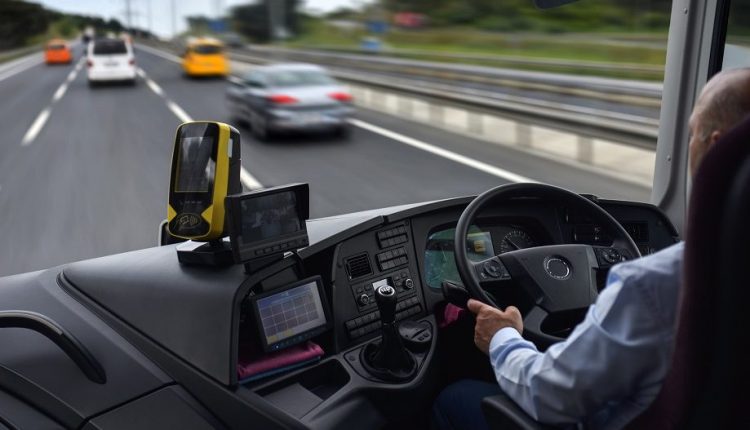GPS Monitoring: Steer The Fleet In The Fitting Route
Transport and fleet managers have a tough job. The need to monitor and manage people and assets, juggle customer requirements and performance, ensure safety, and contain costs and environmental impacts all add to the complexity and challenges faced by professionals in the industry.

In addition to – dare we call it – a “normal” challenge for British fleet managers, the past 18 months have also seen some unprecedented problems. Not only has the pandemic severely disrupted personal interactions and teams, but it also acted as a catalyst for the e-commerce market and increased demand for home delivery. Compounding these challenges are the shortage of truck drivers, which threatens to further affect supply chains across the country.
As a result, transportation companies and fleet managers have had to get smarter, faster, and more efficient while meeting increasingly stringent industry standards and complying with COVID-19 requirements.
Faced with these challenges, GPS location has become an integral part of the transportation and fleet management sector. Managing employees and a fleet of vehicles used to be a logistical and administrative nightmare. However, innovations in GPS location enable organizations to perform a wide variety of tasks, such as: B. Managing and optimizing delivery routes, increasing efficiency, which leads to long-term cost savings, minimizing environmental impact and improving health and safety measures.
To do this, the GPS tracking software must be combined with Internet of Things (IoT) sensors. In general, the IoT has helped improve almost every sector it has been applied to so far – and the transportation and fleet management industry is no different. Together, the integrated IoT sensors and GPS tracking software return data to fleet managers so that they can gain insights into specific areas that are being investigated. For example:
The advantages of GPS tracking – especially in combination with IoT sensors – are being recognized by more and more transport and fleet companies. While eliminating the challenges facing the industry may not be possible, leveraging technology can help fleet companies mitigate their impact, protect their employees, and save fuel to help the business grow over the long term.